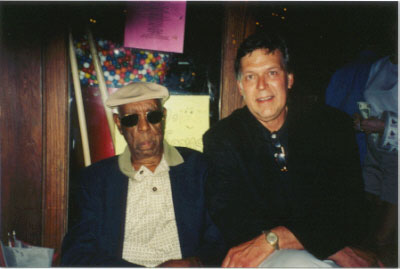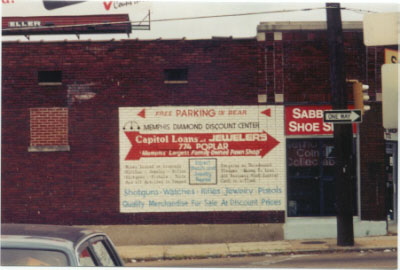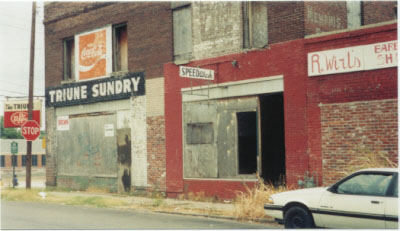By Jim Kelton - April 21, 1968 - San Antonio Express & News
Folk music. Now there's an elusive term. Next time you've got a day or two with nothing to do, sit down and think about it. What was it? What is it? What distinguishes it from the torrential tirade of self-purported mainstreamia? All good questions. All almost unanswerable. But the term folk music itself may not be as indefinable as the intangible quality of the inner character Of the music's collective personality. The term is, for the most part, a label, a modern convenience employed mainly for the experience of the superficial observer or for the fluency of conversation.
To understand what it is all about, what it means, you have to understand, at least partially, the people who play it. And that opens a pretty wide spectrum. There are all kinds but they are not difficult to categorize. First, there are the Translators, groups like the Kingston Trio and Peter, Paul, and Mary who deem it their mission to translate older songs into the vernacular both musically and grammatically.
Then there are the Conservationists. This group, small to begin with and apparently dwindling, takes upon itself the awesome duty of playing so-called old-time music the way it was originally played.
And finally, there are the Real People, meaning mainly the old-timers themselves. There aren't many of these left, though. In fact, you can count the survivors of the early - 1900 generation on one hand.
Nevertheless, one of the most important members of this group is a Texan, accessible and perhaps, through circumstance, may provide the centerpiece for the entire patchwork of native American music. He is Mance Lipscomb, ex-sharecropper, and hard-laborer, blues singer, songster, and guitar player extraordinaire, not to mention exceptional human being.
Lipscomb, the son of a man who was born a slave, began playing guitar about the time he was 14, in 1909. He taught himself in a relatively unorthodox thumb-and-forefinger style, but it has been a style that has worn well. For most of his life, he played in and around Navasota, his hometown in east Texas. He played dances mainly, dances on Saturday nights and white dances on Sunday nights. He picked up a little money that way to supplement his generally meager common-labor income. And he met some of the greats of his time: Blind Lemon Jefferson, Jimmie Rodgers, and others.
But always he was unknown outside of his native area. He had a chance once to go on the road as guitar-picker with Jimmie Rodgers, the old country bluesman, but he declined the offer for one reason or another. Mainly, he says, because he was just a country boy and didn't know much about the outside world.
He does now. Since the early 1960s, almost everything in Lipscomb's life has changed. He still lives in Navasota with his wife of some 50-odd years. But he doesn't work the fields anymore and he's not playing his guitar for dances. Now people listen to what he's playing. And they welcome the opportunity. Chris Strachwitz, who heads a small but significant folk record company dubbed Arhoolie, recorded Lipscomb in his Navasota home one night, released a record entitled "Mance Lipscomb, Texas Songster and Sharecropper" and sprung the lid on the box that had been Mance's hiding place for about 60 years.
Since then Lipscomb has played in almost every part of the country at nightclubs, folk festivals, universities, you name it. He played San Antonio last weekend and he vowed he would again. The Good News folk emporium on San Pedro says he's booked for the first weekend in May. "My whole life has changed since I was 60 years old," he said one night between sets as he crossed his legs and rearranged the cushion he was using to soften the beer keg he was sitting on. "I'm 73 years old now and I'm still living in a young people's world."
He had been sick, he said, for about eight weeks before his appearance here and he was a little afraid that his guitar playing, due to lack of practice, might not satisfy the crowd.
But the crowd that came to hear him, a diverse but attentive group, came not to be impressed nor to be extraneously satisfied, but to listen, which NVAS apparently deep satisfaction in itself. They bade him goodbye Satur-day night with a standing ovation.
Certainly, they were satisfied, but what the people came to hear and what satisfied them may have been two completely different entities. They came to hear and see an old-time blues singer and guitar picker who learned many of the songs that are called folk songs today, in one form or another, when they were new and who wrote a sizable share of them himself.
What they heard was a man with the ability to communicate reality as he conceives it in the language he understands.
It is not always a pretty language. Maybe that's why there were those who left when he started to play. The guitar is a part of Lipscomb's language and it is not the smooth-flowing, nontraumatic conversation of the campus variety, crowd-pleasing folk groups of today.
"My guitar sings the song," Mance says. When the song says pain his guitar registers it. The songs he sings were borne mainly of the reality of experience. And the experiences of which he sings cover every range.
"Everybody's always asking, 'What is the blues,' he said. "Well, the blues is a fee-lin'. If you ever felt bad that's the bad - feelin' blues and if you ever felt good that's the good - feelin' blues."
Mance is 73 years old now and he speaks with the simplicity of the achieved or assumed wisdom of age.
"Everybody asks what folk music is," he says. "There's one way to straighten all that Out. Everybody's folks."
The incidents Lipscomb's songs speak of may not be familiar to everyone but the emotions they seek to illustrate are common.
Every artist, be he writer, painter or musician, seeks to achieve an insight into human character and content through a meaningful abstraction of reality. And what is any piece of music but an attempt, directly or indirectly, to achieve just that?
Maybe that's what it's all about. Maybe that's why Lipscomb doesn't waste too much time trying to explain, he just plays.













